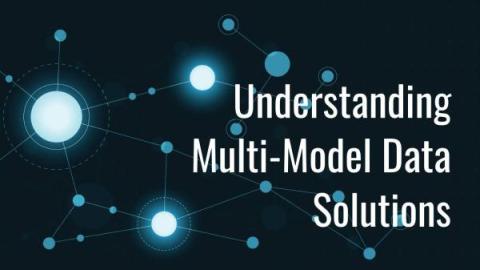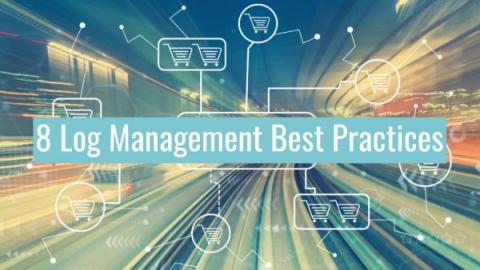Operations | Monitoring | ITSM | DevOps | Cloud
ChaosSearch
A Deep Dive into Multi-Model Databases: Hype vs. Reality
3 Reasons Why You Need an Embedded, Modern Database
Today's applications demand efficient data handling to provide users with seamless experiences. One solution that has gained prominence is the use of embedded databases, which are integrated within applications rather than relying on external servers. Different from a database for embedded systems, databases embedded within applications offer several advantages for storing data and analyzing it, especially in scenarios where performance, deployment simplicity, and data security are important. Embedded databases, or an embedded database management system (DBMS), can serve a variety of use cases, but are especially valuable for applications that need to provide analytics capabilities.
Best Practices for Effective Log Management
5 Multi-cloud Data Management Best Practices You Should Follow
Buyer Beware! Three Challenges with Elasticsearch and OpenSearch
Elasticsearch and OpenSearch are powerful enterprise search and analytics engines that have become popular in the world of data management and telemetry analysis. Their ability to swiftly search, analyze, and visualize data has made them indispensable for businesses and organizations. However, in this blog, we will explore a few key challenges faced by companies using Elasticsearch and OpenSearch, shedding light on important considerations when selecting the right tool for your needs.











